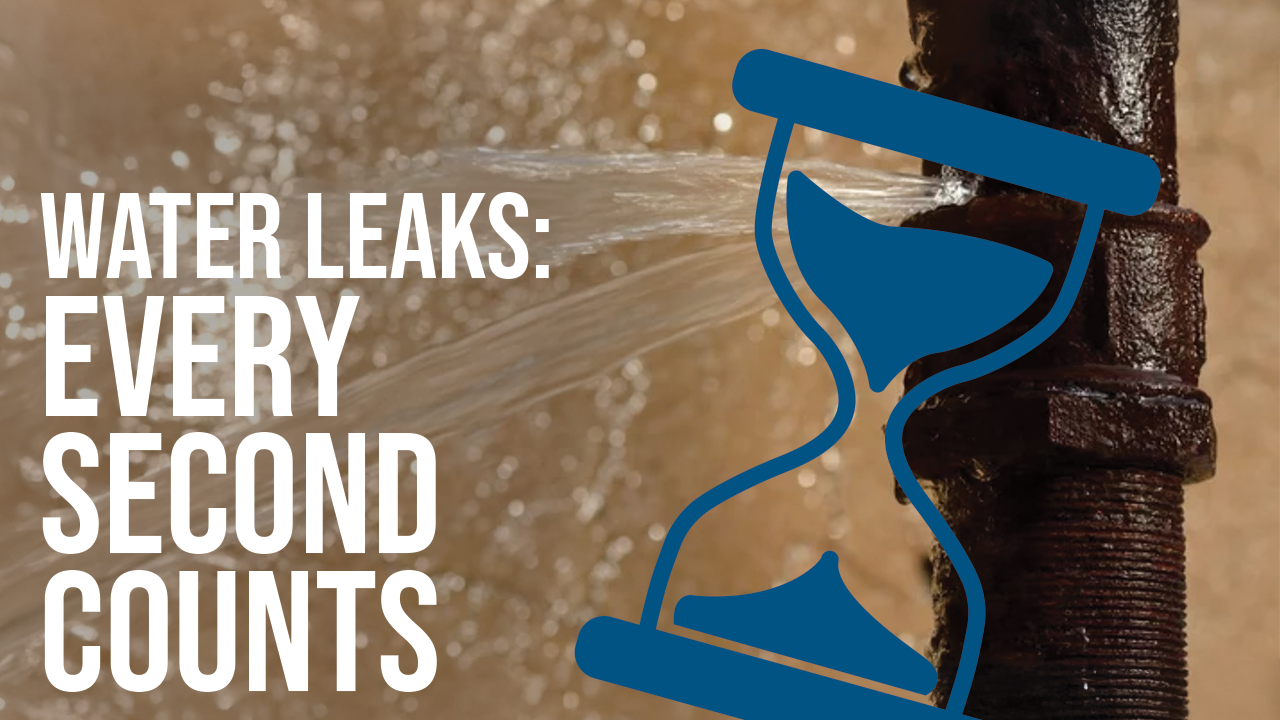Updated February 5, 2024
When the weather starts to warm up here in Iowa during spring, one of the major threats that homes face is flooding in basements and crawlspaces. Snowmelt creates the largest danger during the year of water damage in homes.
The best way to defend your home against spring flooding is with a sump pump. A sump pump installed in a basement or crawlspace automatically removes excess water from the area and sends it into the wastewater system or a well.
Checking Your Sump Pump
If you already have a sump pump installed for your house, make sure that it is prepped for potential floodwaters. There are a few basic steps you can take to see that the sump pump is in good shape. First, pour water into the sump (the water collection pit); 5 gallons is a good amount. The pump should automatically turn on. Wait for the pump to remove the water and shut itself off. Then pour in more water to see if the pump will turn back on and off. If the pump fails to come on in either test, schedule repairs for it right away.
After testing the sump pump, check around the sump to see if there is any debris that may be sucked up into the pump as it operates. Remove as much as possible. Then clean out the weep hole of the pump, which is a hole located between the pump and the check valve. Use a toothpick or cotton swab to see that it’s clear.
If you’ve had your sump pump for a few years already, we recommend scheduling complete professional maintenance for it, even if it seems as if it’s working fine. This precaution ensures that any minor problem is caught before it can become a major problem.
If you want to have a sump pump installed for the spring season, or your current sump pump requires repairs, contact us. We offer full plumbing services to Des Moines, IA, and the greater Des Moines area.
Golden Rule: “We Obey the Rules to Live By!”


Water emergencies can strike when you least expect them. Whether it’s a burst pipe, an overflowing toilet, or a persistent leak, quick action can prevent costly damage.... Read More

Few things are as frustrating (and messy) as a toilet that overflows. Whether it happens at the worst possible moment or simply leaves you scratching your head... Read More

The holidays are a magical time of year—gathering with loved ones, sharing meals, and creating lasting memories. But one unexpected mishap can turn your festive celebration into... Read More